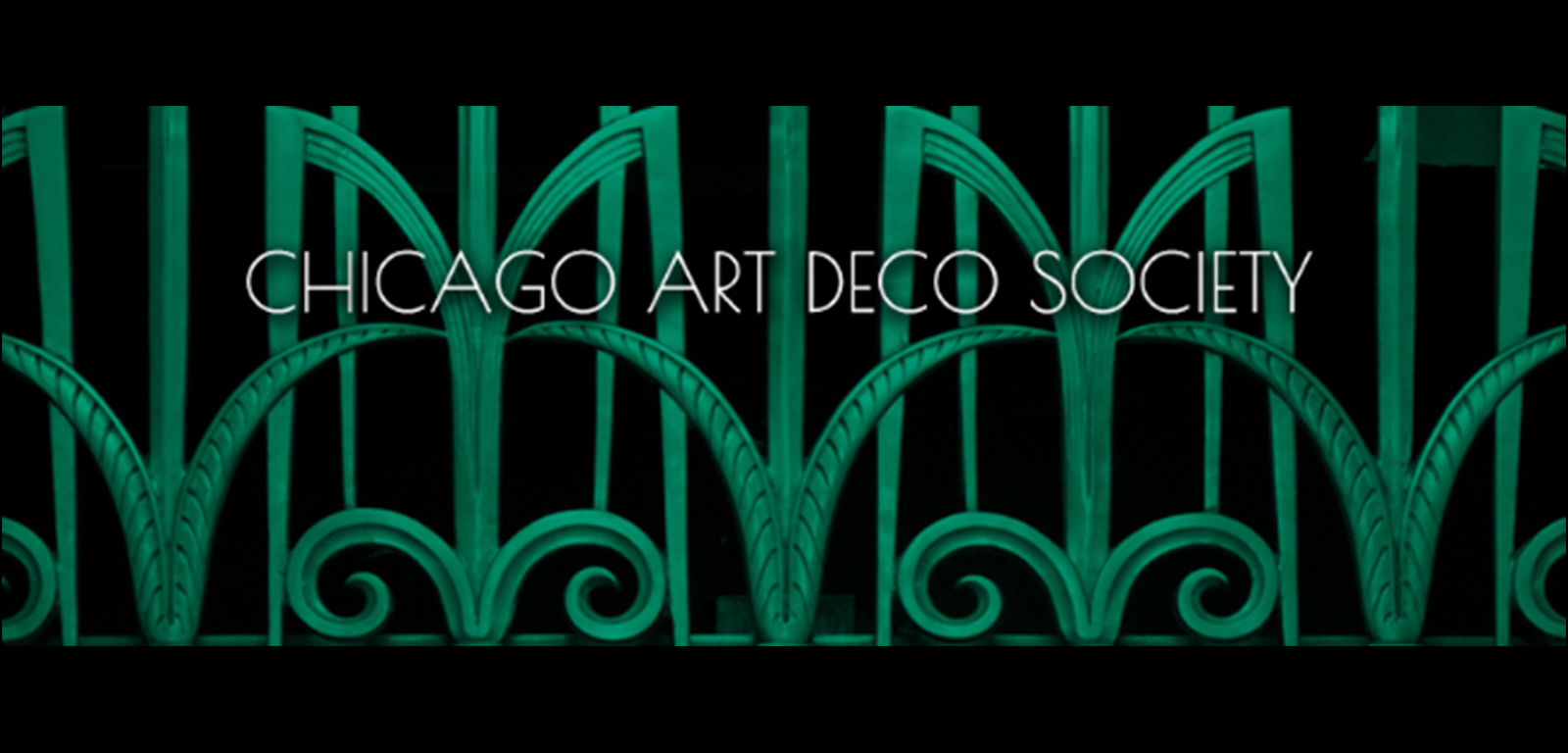…….Art Deco as both a style and a set of sensibilities that have in common their creators’ desire to make the designed objects of the world modern and appropriate for the machine age but without abandoning most of the central assumptions about proportion, composition, decorum, and beauty that had animated western art and design for centuries. It was a worldview that wanted to create something new but still maintain a firm relationship with established stylistic vocabularies, symbolic associations, codes of decorum, and the rationalist desire to express structure and function through an ornamental vocabulary.
Because “Art Deco” was an anachronistic term popularized in the late 1960s and has been applied to an ever-greater range of objects since then, there has emerged no generally accepted definition of the term. At one end of the spectrum there are those who would apply it narrowly, in some cases only to luxury French items of the early 1920s and buildings and objects very closely influenced by them.
Then there are those who, somewhat more expansively, apply it to most of the products of the 1920s that have been called “zigzag” or “machine modern” and the products of the 1930s often referred to as “streamlined moderne.” At the far end of the spectrum are those who would like to apply the term in the broadest possible way to include most of the architecture and design between the early 20th century and the mid-1950s that was considered modern at the time, not meant as literal historical revival, but at the same time not falling entirely into the realm of European avant-garde modernism.
In any of these definitions, a near copy of St. Martin’s in the Fields for a church in Evanston or a faithful reproduction of a colonial house in Hinsdale would not be Art Deco. Nor would the Bauhaus complex at Weimar or Mies van der Rohe’s 860–880 Lake Shore Drive.
However, in the more expansive view, Art Deco could plausibly apply to the vast range of objects in between. Following the most expansive definition, it could be called the mainstream of modern design c. 1910–1950.
This book will reflect the divergent and constantly changing views on Art Deco. In the book, most buildings and objects illustrated and described will fit comfortably within the definitions held by most reputable scholars of the period and most of the contributors to the book. It will, however, also contain a number of objects pushing the boundaries stylistically or chronologically. For the thematic essays, authors will have the largest possible leeway in how they use the term.

